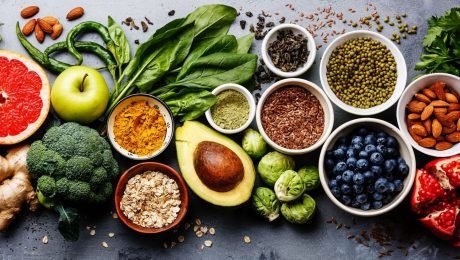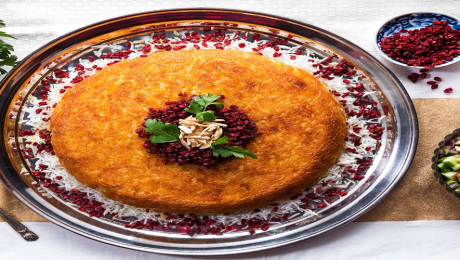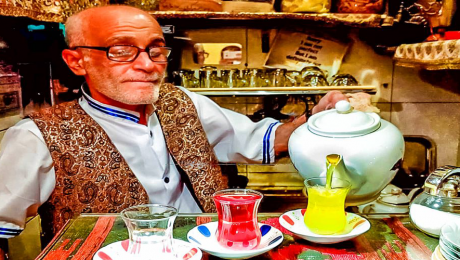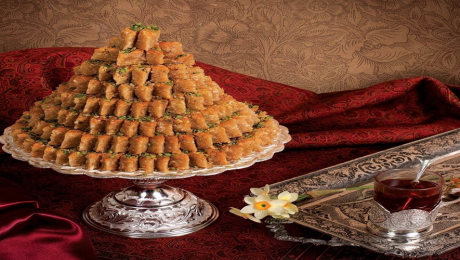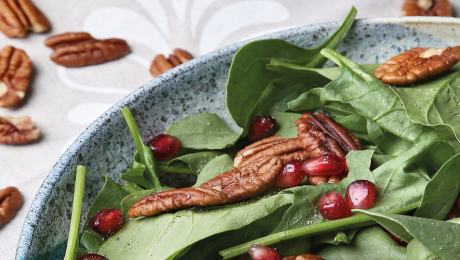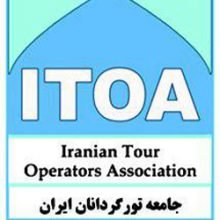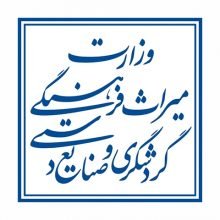
Persian Food Culture
Iran is a land of many people each with its own unique culture and history. It is no wonder then that Iranian food boasts a wonderful variety of different cuisines. From meaty meals to delicious desserts and exquisite drinks, Iranian food has them all. An Iran travel guide will always tell you that a travel Iran without experiencing the rich variety of food on offer would not be complete. The Great Persia will guide you to the best restaurants where you can get the authentic Iranian food experience. Best restaurants in Tehran, best restaurants in Yazd, best restaurants in Isfahan, and many other cities are ready to provide you with an experience you are not likely to forget for a long time.
Food Culture and Customs
For Iranians the food is not just a meal but rather a culture in which they use food to express their identity, community, values, status, power, artistry and creativity. That’s why Iranian immigrants bring the food with them wherever they go and cooking Persian food is a way of preserving their culture when they move to new places.
Iranian food culture is a unique mixture of local customs and healthy ingredients. Local climate usually determines the kind of food that becomes a region’s most common cuisine. For example, if you go to one of the best restaurants in Shiraz—which is known for its hot climate—you will be served a cold dessert called Faloodeh. In addition, all cuisines in Iran use freshly produced local ingredients, which makes them quite healthy.
In Iran eating is done family style, with shared dishes and is the major social activity for friends and families. Iranians take their meals very seriously and have many customs to go along with it and put a lot of effort and energy in preparing their meals. There is often more food offered to you than you can eat. Part of Iranian hospitality is to shower guests with abundance. To show respect, Iranian guests finish their food on the plate and try a little from all the dishes served. It is considered very rude to leave food on your plate in an Iranian’s home.
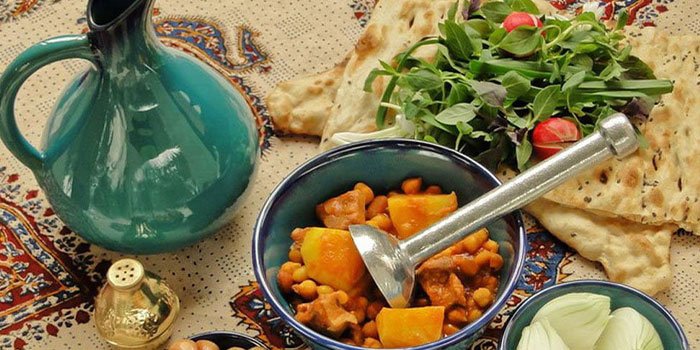
Essential Ingredients
Iranian food is some of the most delicious and fresh in its region and the world. It is also quite healthy, using only small amounts of red meat (usually lamb). Next to lamb in importance is kid (young goat), and very occasionally beef and chicken. Many varieties of local fish are eaten and you will understand that seafood is the main cuisine in the coastal cities of Iran in the north and the south, however, it is not very much popular in the central part of the country only on one important occasion; New Year’s Eve when most of the people eat Sabzi Polow va Mahi (Mixture of fresh herbs with rice and fried fish) for lunch or dinner on the first day of the year. Rice and bread are the staple foods of the Iranians which they eat with meat and vegetable dishes along with herbs and yogurt. Rice preparation is indeed a food art in Iran and of great contrast to the majority of countries who merely boil their rice. There are endless varieties of dishes that can be prepared with rice in Iran. Iranians also use a variety of breads such as Sangak, Barbari and Lavash.
Many coveted ingredients are native to Iran, including pistachios, almonds, walnuts, saffron, mint, oranges, pomegranates and grapes. Saffron is big part of Iranian cuisine and is used pretty extensively. About eighty percent of world’s saffron comes from Iran. It is the most expensive and sought-after spice in the world, that’s the reason it has been called the Iran’s “red gold.”
If you plan to have some money spend in Iran on Iranian food when you go Iran, make sure to consult your Iran travel guide to find the best restaurants in each city. Since transportation in Iran has become much more convenient in recent years, you should have no trouble finding all the available cuisines in each region.
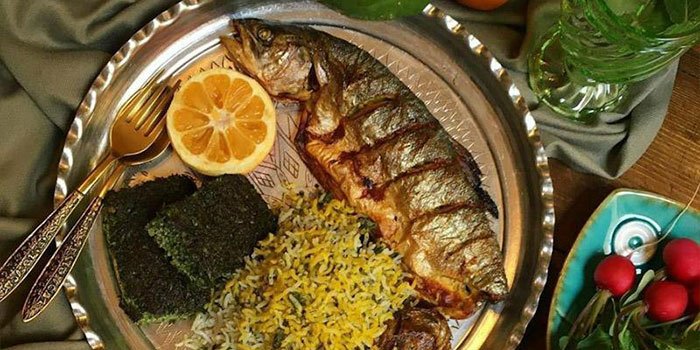
Classic Persian Food Culture
Kebab is the national dish of Iran and you can find it in any Persian Restaurant. The meal is simple, consisting of steamed, saffron Persian rice and Kebab.
There are various types of stews in Iran and some of classic and most popular ones are listed below:
- Kebab (Chicken & Lamb)
- Dizi (Abgoosht )
- Khoresht-e Ghormeh sabzi (Green Herb Stew)
- Khoresht-e Gheimeh (Yellow Split Peas Stew)
- Khoresht-e fesenjan (Pomegranate Walnut Stew)
- Zereshk polo
- Sabzi polo
Bread
In the history of Iran, the main food was bread and this is was the main course. Bakeries are other important urban elements of Iran. We have different types of bread such as: “Sangak”, “Barbare”, “Tafton” and “Lavash”. But of course, European types of bread such as the French baguette, and the English white slices are also available in Iran.
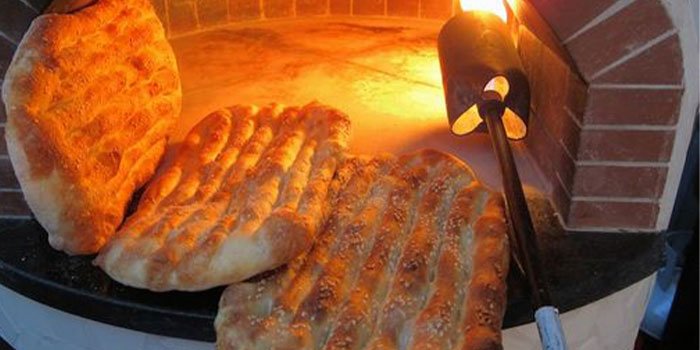
Breakfast
The most routine breakfast in Iran is bread and cheese, which is usually accompanied by sweetened tea. Other dairy products such as milk and butter are also quite common. Many Iranians also like to have different kinds of jam for their breakfast. Some go a step further, and opt for a big meal at special restaurants which are open in the earlier hours of day until around noon. Having kalle-pache and halim—both of which are traditional Iranian dishes— at these restaurants can make for an unforgettable experience.
Iranian Lunch Time
Depending on the season and the region, Iranian lunch time can be different. The lunch time is usually around noon, but depending on the local culture of specific regions, it can be different. Most restaurants start serving launch from noon until late in the afternoon. When you go Iran, make sure you ask your Iran travel guide about Iranian lunch time in different seasons and regions.
Iranian Dinner Time Persian Food Culture
The usual Iranian dinner time is a little after sunset, but depending on an individual’s lifestyle, the time can be changed. Most restaurants start serving dinner around sunset and continue to do so until around midnight. You should have no trouble finding a good dinner after sunset if you consult your Iran travel guide when you go Iran.
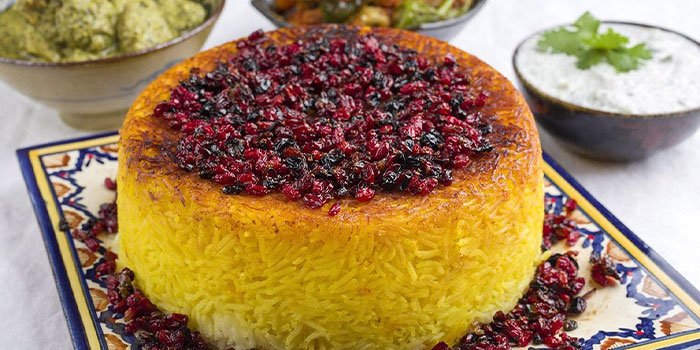
Vegetarian Food in Iran:
The high lights of Iranian food most of the time includes different types of meat, so Iran may not be a heaven for veg travelers. Although this does not mean that as a vegetarian you will be left standard for food in Iran. Some Iranian cities have vegetarian restaurants like Tehran and Shiraz, in the other cities local food is the best choice for such people. Kashke bademjan, Mirza Ghaasemi, Ash Reshteh, Omelet, Falafel, Potato Cutlet and vegetable kuku are the examples of vegetarian dishes which can be find easily in Iranian restaurants. Another choice is fast food, such as vegetable Pizzas and Pasta.
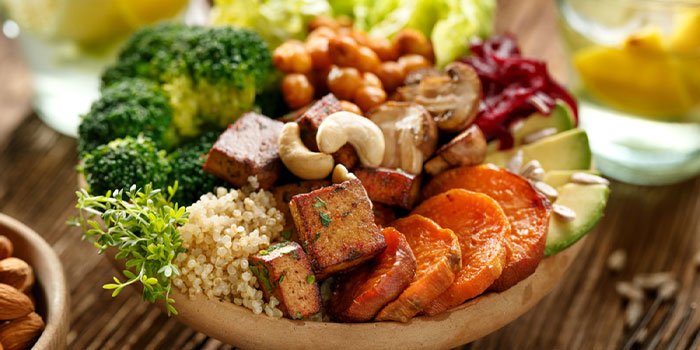
Drinks in Iranian Culture
Iran is a well-known country for the variety of cuisine served in every corner of the country. The same is true for beverage and drinks. If you travel to Iran during the hot summer or cold winter, you will definitely find a suitable drink that helps you bear the heat or cold weather.
Alcohol is illegal in Iran. But there are so many different soft drinks you might never heard of that you should try!
Iranian beverages mostly consist of herbal extracts with the main focus on the health benefits. You will always find a drink for minor health issues such as insomnia, deprivation, headache, nausea, and dizziness.
Chai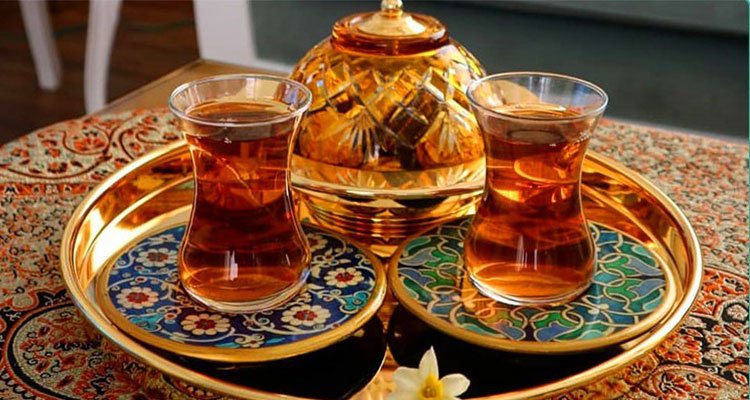
The dominant drink in Iran is Chai, hot black tea, equivalent to English Breakfast Tea. No matter if it is 40 degrees or -15, tea will be offered to you anywhere at any time. Most of the times it comes with sugar cubes, no teaspoons provided. A challenge for you would be learning how to put the sugar cube in your mouth and drink the tea without burning yourself. But if you want to be in the safe side, ask for Nabot, a sugar candy on stick or as a piece, and Iranians would be pleased to learn that you are familiar with this secret medicine!
Sharbat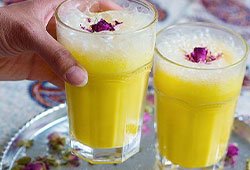
Generally speaking, Iranian beverages are divided into cold refreshing summer drinks called “Sharbat, or Aragh”, and herbal teas which are known as “Dam Noosh”. These beverages are available in most of the Cafes, coffee houses and “Sharbat khane”.
Forbidden foods and drinks
In Iranian food culture, it is important that foodstuffs should be Halal according to the Islamic rules and also drinking wine and alcoholic beverages are forbidden.

